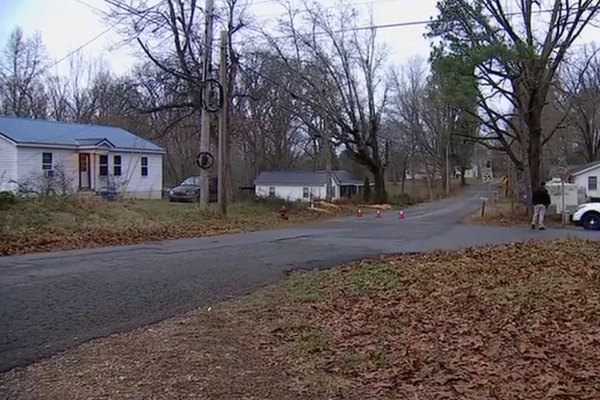Tasmania will be the first in the country to trial a new $13 million statewide rural general practitioner training model in the latest attempt to help combat widespread doctors shortages and GP clinic closures.
Prime Minister Anthony Albanese, federal Health Minister Mark Butler and Tasmanian Premier Jeremy Rockliff have announced a new Single Employer Model (SEM) for the state at a press conference in Devonport.
Currently, GP registrars — doctors in training to be GPs — are employed by individual practices, and according to Mr Butler often have to jump between practices over their five years of training, losing entitlements along the way and getting paid less than hospital trainees.
Under the new model, GP trainees in rural medicine will be employed by the state, in the same way hospital trainees are, ensuring leave and other entitlements are accrued, and hopefully making GP training more attractive.
"We are putting in place structures that will make it easier in the future for you to access a GP," the Prime Minister said.
"It won't happen overnight, but it'll change the whole structure of the way the health system is working here … to make it more efficient, accessible and affordable."
Mr Butler said the government understood how hard it was for many people to access a doctor and was confident the changes would help.
"It used to be around 50 per cent of young people coming out of medical school would choose general practice, that figure now — it's less than 14 per cent.
"That is just not enough to secure a sustainable workforce in general practice."
He said the SEM would break down silos between state and federal healthcare, ensuring GP trainees could accrue leave and be paid similarly to their hospital trainee counterparts.
No maternity leave
Tasmanian general practitioner Dr Emily Isham is passionate about caring for people from the cradle to the grave, but her job has made it harder to care for her own children.
"For none of our five [children] I've had paid maternity leave, and I've had to put aside money in advance," Dr Isham said.
"Not having maternity leave has had a real impact on me because my husband and I have had to budget for that ahead of time, and to an extent, plan our children as much as possible."
Medical students are employed by state government health services when they are training in hospitals and get employment benefits like maternity leave.
But when they start training in private GP clinics, they are usually employed by the practice and lose those entitlements.
That is a significant deterrent for medical students considering becoming GPs, especially women who are often ready to start a family.
"When, as a GP, we stay home as a carer, we don't get paid for that — we don't get carers leave," Dr Isham said.
"The lack of maternity leave and the anticipation of sick children, especially with us having one very sick child, has had significant implications."
Hope scheme can expand to all states, territories
The program will employ 20 GP registrars starting in July.
It is based on a pilot that has been underway in the Murrumbidgee region in rural New South Wales and was discussed with National Cabinet after last year's October budget.
Mr Rockliff wrote to the Federal Health Minister last year proposing the model could work at a statewide level.
The state has put in $5 million, with the federal government providing the remaining $8 million — money that will also fund capital upgrades to some general practices.
"Tasmanians expect both levels of government to work together to solve key challenges, and that's what we're doing," he said.
"There are real challenges accessing doctors across our state and when you have those challenges, you don't play the blame game, you sit down sensibly and work together to find solutions."
Mr Butler said the federal government was pursuing trial sites in every state and territory.
The move has the support of key medical bodies, including the Royal College of Australian General Practitioners and the Australian Medical Association.
RACGP national president Nicole Higgins said it was a step forward for rural communities.
"The Tasmanian trial aims to give rural GPs in training that are part of the trial greater consistency and certainty during their hospital-based and community-based training placements," she said.
"These are sensible measures to remove some of the barriers to choosing general practice as a specialisation."
Dr Higgins warned, however, that comprehensive evaluation of the trial was needed as it progressed to ensure there were no unintended negative consequences, and that this measure should only be the first of many to fix a long under-funded primary healthcare system.
Program a 'game-changer'
Dr Isham said the pilot program would make general practice a much more attractive career path.
"We need to be able to attract doctors to specialise in general practice because our numbers are just going down, and it's going to have implications in decades to come," she said.
"This will be a game-changer."







